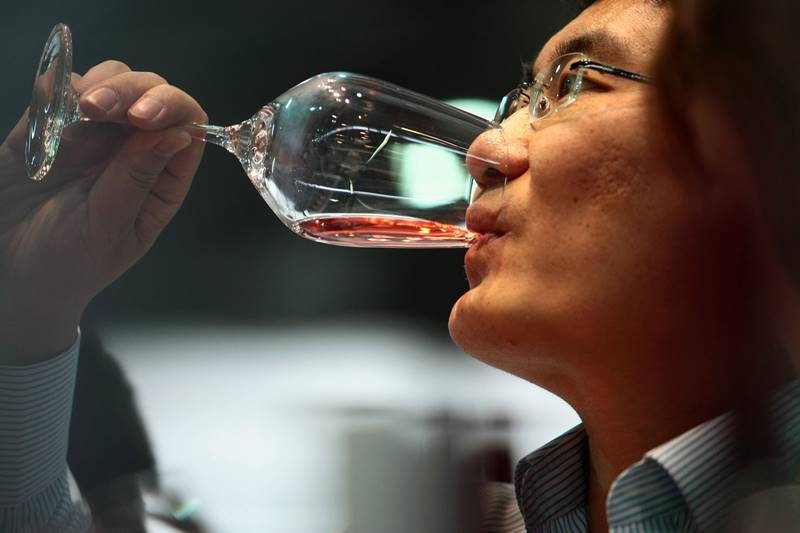Japanese Consumers Shift to Higher-Priced Wines Amidst Import Decline
Japanese Consumers Opt for Premium Wines and Convenient Bag-in-Box
2024-07-02

Japan's wine import market experienced a significant decline in the first quarter of 2024, marking a 10% reduction compared to the same period in 2023. According to data from Japan Customs, the total volume of wine imported decreased to 49.6 million liters, with the total value reaching 50.95 billion yen. This downturn represents the lowest volume of wine imports for the first quarter since 2011. However, the value aspect tells a different story, with this quarter being the second highest on record, only surpassed by Q1 2023.
The average price of imported wine rose by 1.6%, reaching 1,026 yen per liter. This price increase highlights a shift in consumer preferences toward higher-priced wines, despite the overall reduction in volume. The increase in the average price per liter also reflects the market's resilience and the potential for premium wine segments to continue performing well, even in the face of declining import volumes.
Interestingly, the bag-in-box wine category emerged as a notable exception to the downward trend. It was the only wine segment that saw growth in both volume and value. This growth indicates a shift in consumer behavior, with more Japanese consumers opting for the convenience and cost-effectiveness of bag-in-box wines. The increasing popularity of this packaging format could be attributed to several factors, including its environmental benefits, longer shelf life after opening, and ease of storage and transportation.
In comparison to 2023, the current trend represents a significant shift. Last year, Japanese wine imports showed a modest growth of 2% in value, driven by strong demand and a diverse range of imported wines. The sharp decline in Q1 2024 suggests that several factors might be at play, including economic pressures, changes in consumer spending habits, or even supply chain disruptions.
The decline in wine imports could be linked to broader economic trends. Japan, like many other countries, is navigating economic challenges post-pandemic. Inflationary pressures and changes in discretionary spending habits might have led consumers to be more selective in their purchases, favoring quality over quantity.
Moreover, cultural shifts in consumption patterns could also be influencing the market. There is a growing interest in sustainable and locally produced beverages, which might be diverting some consumer attention away from imported wines. Additionally, the rise of alternative alcoholic beverages, such as craft beers and spirits, could be contributing to the reduced demand for traditional wine imports.
Looking ahead, the Japanese wine import market faces a complex set of challenges and opportunities. The sustained interest in higher-priced wines and the growing popularity of bag-in-box options suggest that there is potential for targeted growth within specific segments. Importers and distributors might need to adapt their strategies to align with these evolving consumer preferences.
Efforts to promote the unique benefits of different wine packaging formats, along with educational campaigns about the quality and variety of imported wines, could help reinvigorate the market. Additionally, leveraging Japan's appreciation for high-quality and artisanal products could drive renewed interest in premium wine imports.
Japan's wine import market in the first quarter of 2024 presents a mixed picture. While the overall volume of imports has declined, the increase in average price and the rise of bag-in-box wines highlight shifting consumer dynamics. Understanding these trends and adapting to the changing landscape will be crucial for stakeholders aiming to navigate the evolving market successfully. As the year progresses, close monitoring of economic conditions and consumer behavior will be essential to capitalize on emerging opportunities and mitigate potential risks.
Founded in 2007, Vinetur® is a registered trademark of VGSC S.L. with a long history in the wine industry.
VGSC, S.L. with VAT number B70255591 is a spanish company legally registered in the Commercial Register of the city of Santiago de Compostela, with registration number: Bulletin 181, Reference 356049 in Volume 13, Page 107, Section 6, Sheet 45028, Entry 2.
Email: [email protected]
Headquarters and offices located in Vilagarcia de Arousa, Spain.